Popular on Food52
13 Comments
Victoria
April 10, 2015
I spent a few summers working at a B&B in England and there is a critical step missing for a proper pot of tea. You always warm the pot and it is nice to warm the cup. Place a little boiling water and swirl it around, dump it, add tea and then water to heated pot. And never pour milk into the pot, that is called "stewed tea" and it is nasty.
Katherine O.
April 16, 2015
Thank you, Victoria. It's good to know how important that step is and I apologize for missing it. You aren't the first person to mention it and will absolutely add that to the article.
Pamela
April 10, 2015
Love the article! Just one question, is it ok to reuse teabags? If so, what's the best way, refrigerate or leave out to dry?
Katherine O.
April 16, 2015
Hey Pamela,
I believe you can reuse it once. Check out this video with Amanda and Merrill, they address it here: https://food52.com/blog/3270-the-perfect-pot-of-tea
I believe you can reuse it once. Check out this video with Amanda and Merrill, they address it here: https://food52.com/blog/3270-the-perfect-pot-of-tea
Leaflover
April 10, 2015
Lovely overview, thanks for helping spread some tea love! A few things to keep in mind: the longer the leaves swim, the more caffeine extracted. Also, cold brewing high quality Japanese greens is a must-try as the weather warms, and you can get away with slightly longer infusion times with cooler water, resulting in a smoother, slightly sweeter liquor. Enjoy!
Katherine O.
April 16, 2015
Leaflover! (Great name) Thanks for those tips. I'll be sure to keep that in mind while brewing—so interesting about the caffeine, I had no idea. Any good recommendations for Japanese greens?
Leaflover
April 17, 2015
No prob, Katherine! Had a modern teahouse for about 9 years that I sold last Sept, and we specialized in Japanese greens (matcha was the best seller). You can get them at essencha.com. Try the Sakura sencha (cherry blossom tea) for a treat! :-)
Courtney
April 10, 2015
Tea drinkers, unite! I always feel like I'm in the minority among our coffee heavy culture. For the love, don't pour milk into my cup with the tea bag before the hot water.
Denise
April 9, 2015
All interesting…what about "warming the teapot" before putting in tea leaves?
Katherine O.
April 9, 2015
Denise, Good point! I think it would depend upon the type of material your pot is made of and whether or not it will retain the heat. Regardless, it would certainly come in handy during colder months to assure the tea stays warm once it's served. What are your thoughts?
mary
April 9, 2015
Thank you for such a great article on how to brew tea. I had no idea that the temperature of the water was the key. The simple water cooling process will surely come in handy!
Katherine O.
April 9, 2015
Mary, I agree. It's always so fascinating to learn about the secret lives of food & drink ;) Thank you for reading!
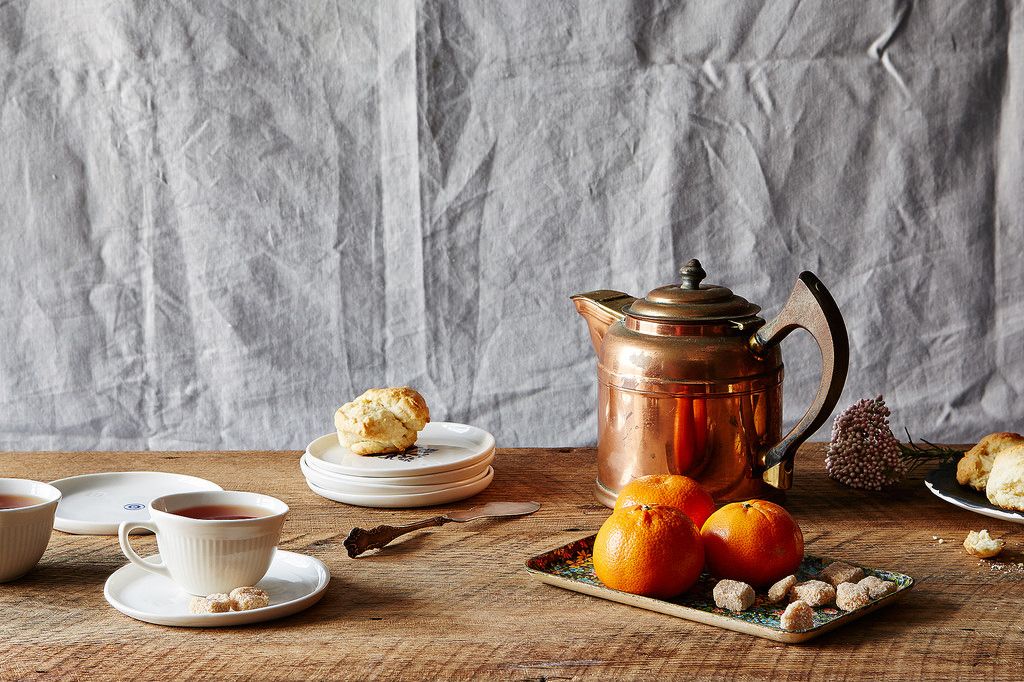
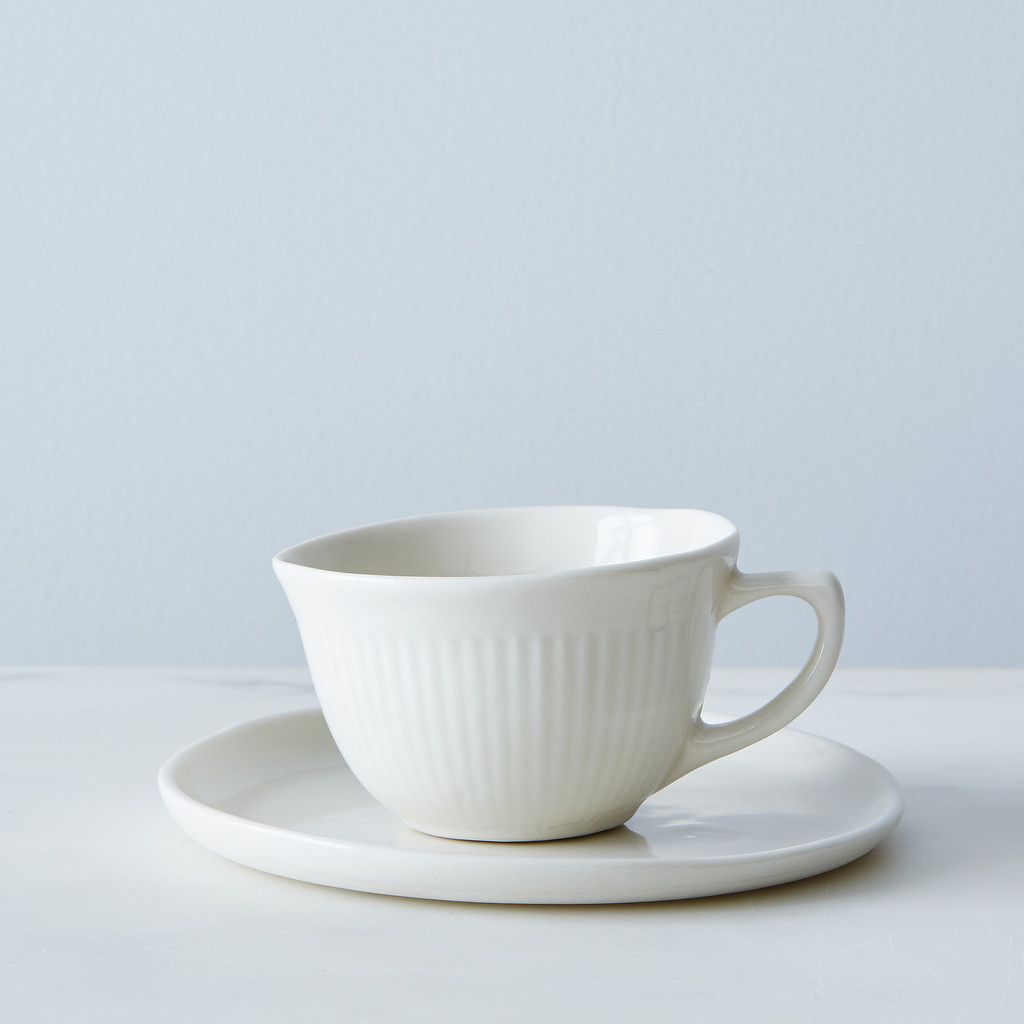
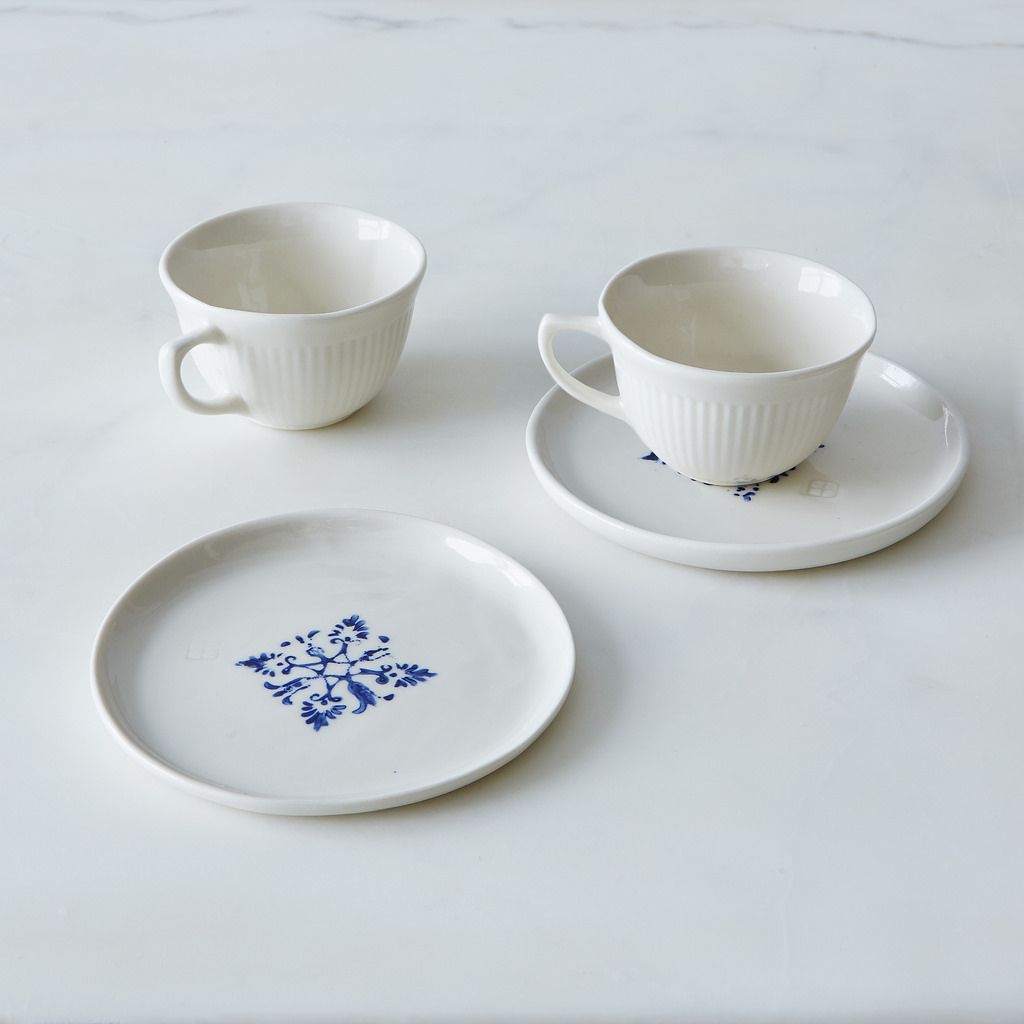
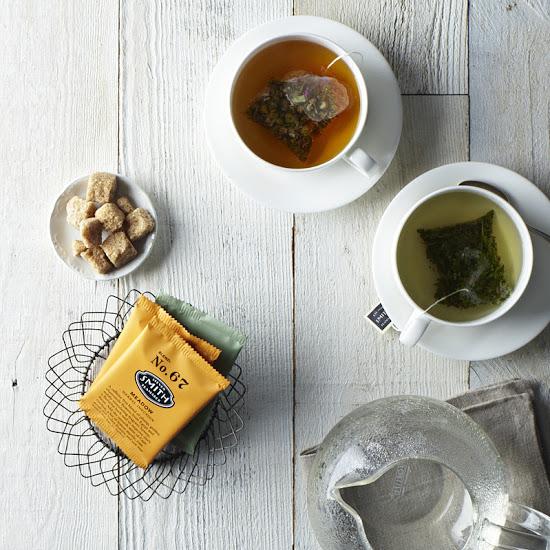
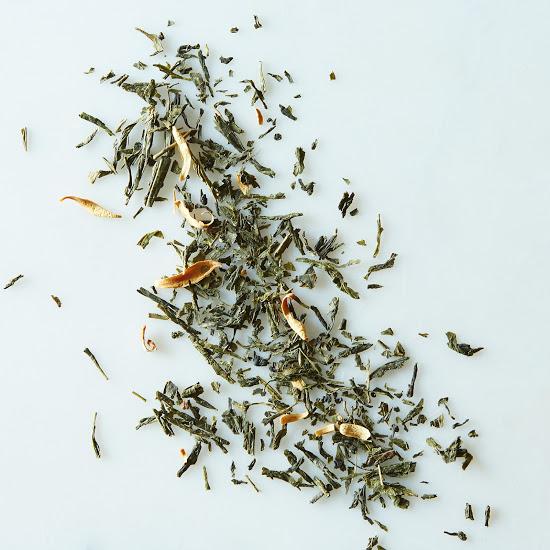
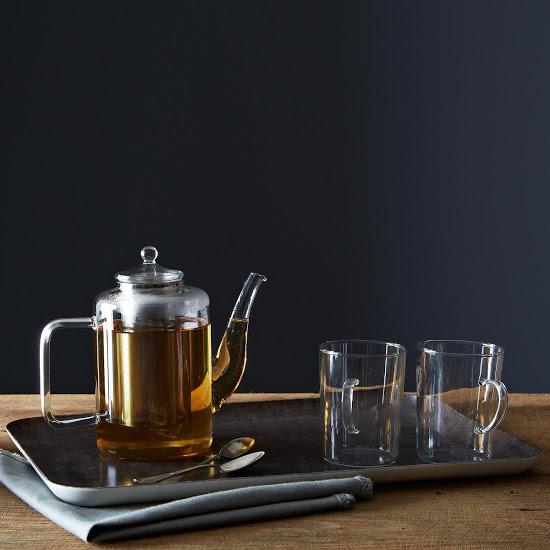
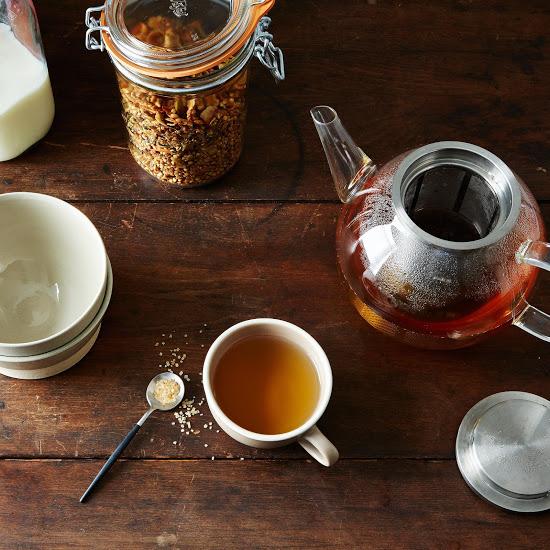
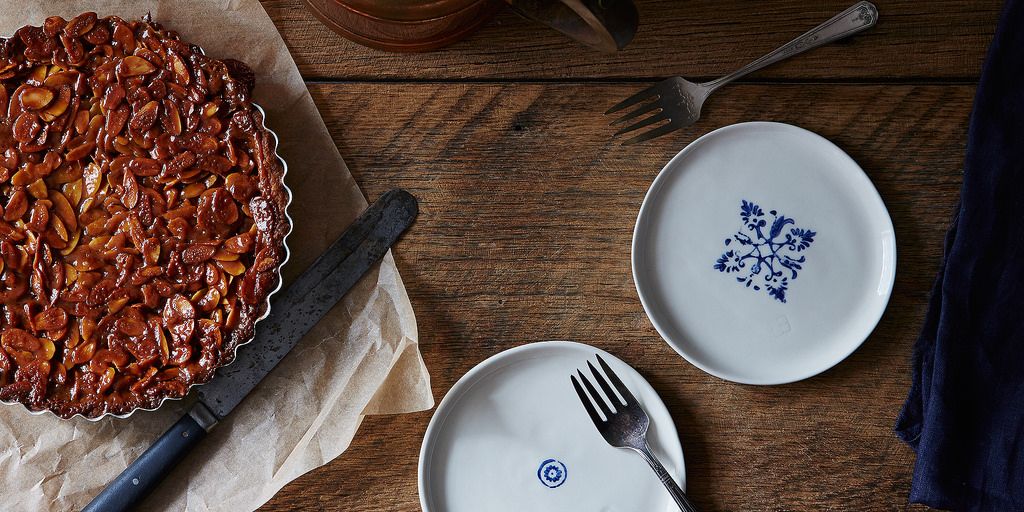

See what other Food52 readers are saying.